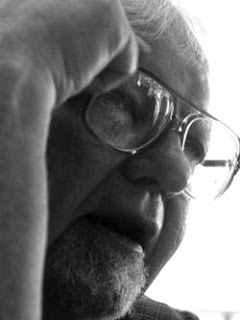
In this week's reading, sociologist Zygmunt Bauman argues that we have become a fully-fledged society of consumers - our primary social role is to buy, use, eat, watch (that is to say, consume) the limitless products offered by late capitalism.
Consumer society appears to offer us an ever-expanding freedom of choice; Bauman alters this picture, arguing that choice is no longer best seen as a freedom, but as a duty.
The responses of our political leaders to two of the defining crises of recent times - the World Trade Center attacks, and the Global Financial Crisis - has been to urge us to get out and shop. Consumption, it seems, is the necessary positive response to troubled times.
Can this compulsory consumption still be regarded as 'freedom'? Is it possible to exercise the freedom not to choose?






